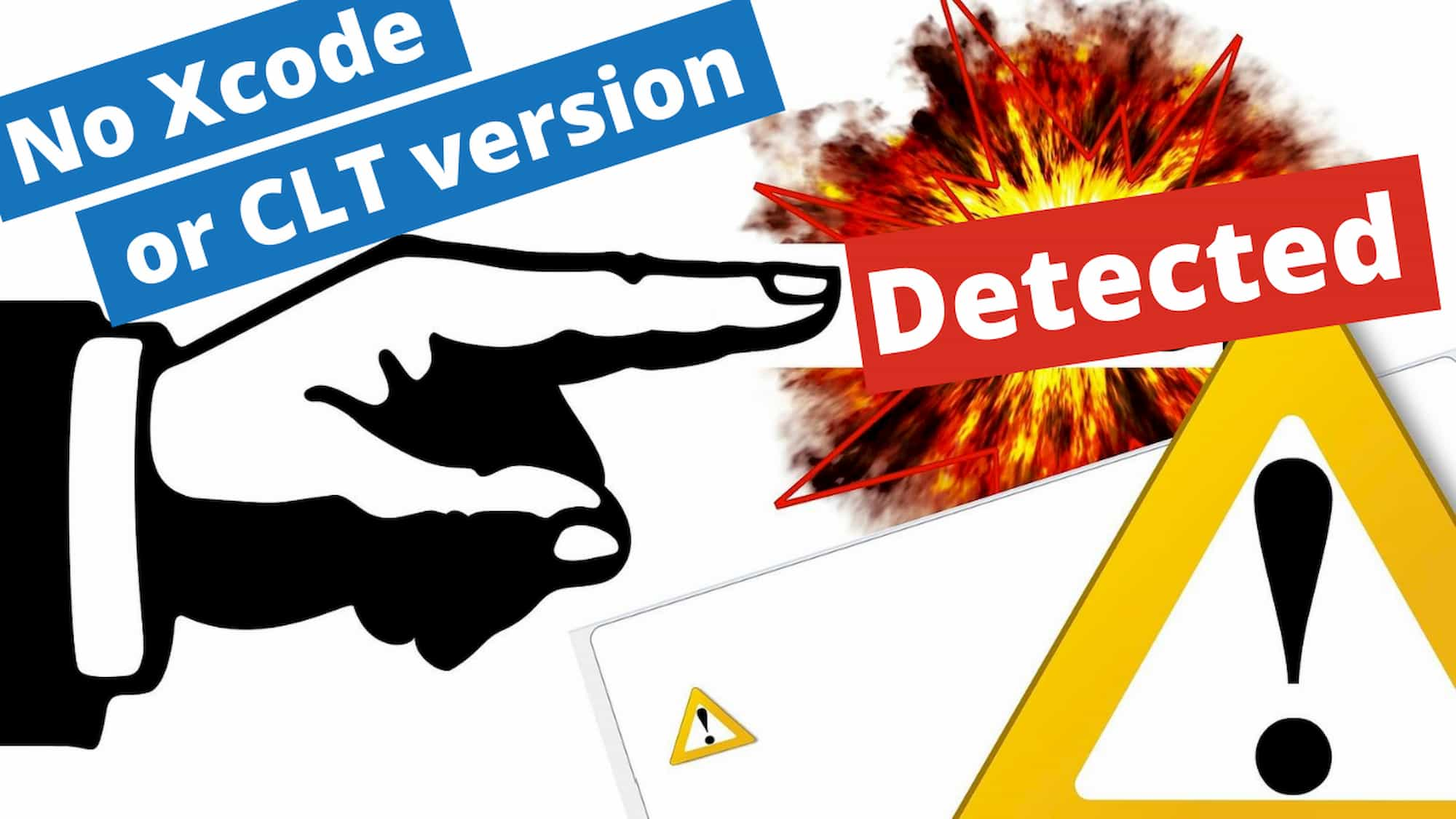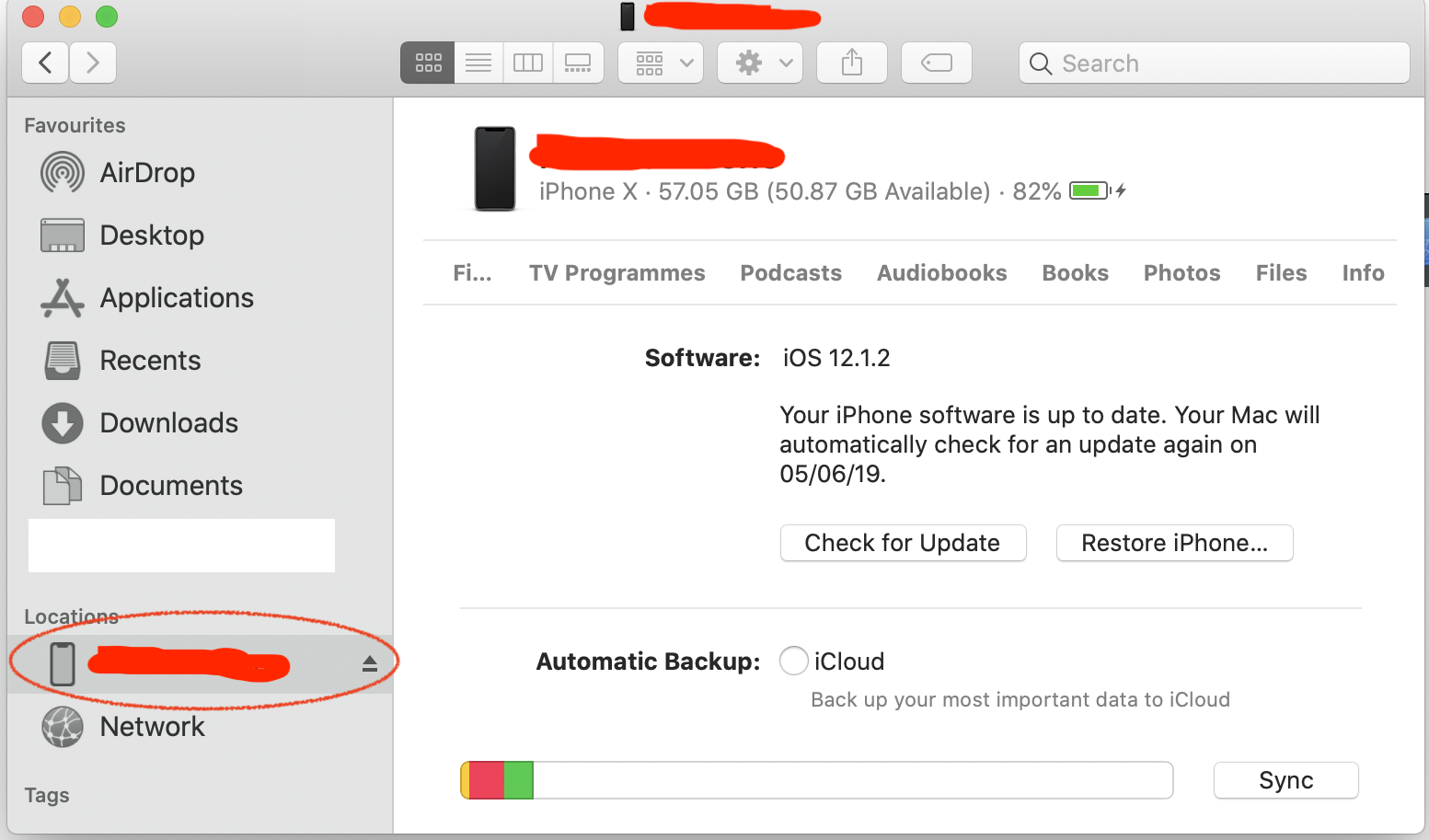Mac OS X comes with Python 2.7 out of the box.
You do not need to install or configure anything else to use Python 2. Theseinstructions document the installation of Python 3.
The version of Python that ships with OS X is great for learning, but it’s notgood for development. The version shipped with OS X may be out of date from theofficial current Python release,which is considered the stable production version.
Install XCode on macOS Catalina 10.15 on Windows PC. When you installed macOS Catalina 10.15 on Virtual machine. Then Power on the virtual machine. When you entered the macOS Catalina window click on the Apple Mac App Store. Once the App Store opened on the left-handed search bar type XCode and hit enter. The latest version of Xcode that MacOS Mojave can install is 11.3.1. Later versions of Xcode no longer support MacOS Mojave. Xcode official download address, you need to log in to Apple account. After downloading, double-click to unzip the XIP file, and then drag the extracted file to the application.

Doing it Right¶
Let’s install a real version of Python.
Before installing Python, you’ll need to install GCC. GCC can be obtainedby downloading Xcode, the smallerCommand Line Tools (must have anApple account) or the even smaller OSX-GCC-Installerpackage.
Note
If you already have Xcode installed, do not install OSX-GCC-Installer.In combination, the software can cause issues that are difficult todiagnose.
Note
If you perform a fresh install of Xcode, you will also need to add thecommandline tools by running xcode-select--install on the terminal.
While OS X comes with a large number of Unix utilities, those familiar withLinux systems will notice one key component missing: a package manager.Homebrew fills this void.
To install Homebrew, open Terminal oryour favorite OS X terminal emulator and run

The script will explain what changes it will make and prompt you before theinstallation begins.Once you’ve installed Homebrew, insert the Homebrew directory at the topof your PATH environment variable. You can do this by adding the followingline at the bottom of your ~/.profile file
If you have OS X 10.12 (Sierra) or older use this line instead
Now, we can install Python 3:
This will take a minute or two.
Pip¶
Homebrew installs pip pointing to the Homebrew’d Python 3 for you.
Working with Python 3¶
At this point, you have the system Python 2.7 available, potentially theHomebrew version of Python 2 installed, and the Homebrewversion of Python 3 as well.
will launch the Homebrew-installed Python 3 interpreter.
will launch the Homebrew-installed Python 2 interpreter (if any).
will launch the Homebrew-installed Python 3 interpreter.
If the Homebrew version of Python 2 is installed then pip2 will point to Python 2.If the Homebrew version of Python 3 is installed then pip will point to Python 3.
The rest of the guide will assume that python references Python 3.
Pipenv & Virtual Environments¶
The next step is to install Pipenv, so you can install dependencies and manage virtual environments.
A Virtual Environment is a tool to keep the dependencies required by different projectsin separate places, by creating virtual Python environments for them. It solves the“Project X depends on version 1.x but, Project Y needs 4.x” dilemma, and keepsyour global site-packages directory clean and manageable.
For example, you can work on a project which requires Django 1.10 while alsomaintaining a project which requires Django 1.8.
So, onward! To the Pipenv & Virtual Environments docs!
This page is a remixed version of another guide,which is available under the same license.
The latest version of Xcode that MacOS Mojave can install is 11.3.1
Later versions of Xcode no longer support MacOS Mojave
Xcode official download address, you need to log in to Apple account. After downloading, double-click to unzip the XIP file, and then drag the extracted file to the application. If you want to keep the old version, you need to rename the original version before dragging
Here are the sources and basis of the information
Check the release notes information of Xcode on the official website
Install Xcode On Macos Catalina
- Xcode 11.3.1 Release Notes
Xcode 11.3.1 supports developing apps for iOS 13.3, iPadOS 13.3, tvOS 13.3, watchOS 6.1, and macOS Catalina 10.15.2. Xcode 11.3.1 supports on-device debugging for iOS 8 and later, tvOS 9 and later, and watchOS 2 and later. Xcode 11.3.1 requires a Mac running macOS Mojave 10.14.4 or later.
The next version is 11.4
- Xcode 11.4 Release Notes
Macos Catalina Install Xcode Command Line Tools
Xcode 11.4 includes SDKs for iOS 13.4, iPadOS 13.4, tvOS 13.4, watchOS 6.2, and macOS Catalina 10.15.4. The Xcode 11.4 release supports on-device debugging for iOS 8 and later, tvOS 9 and later, and watchOS 2 and later. Xcode 11.4 requires a Mac running macOS Catalina 10.15.2 or later.